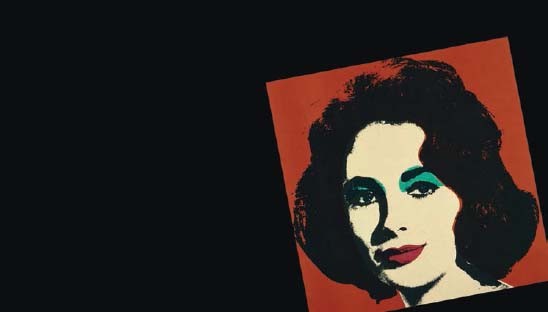Contemporary Art, 1960s–presentPop Art |
What is pop art? |
Pop art began in the 1950s in Britain (the term itself was invented by English art critic Lawrence Alloway) and became one of the most influential art movements of the mid-twentieth century, particularly in Britain and the United States. Pop artists challenged the status of fine art by relying on mass media images, such as those from advertisements and popular culture, to create artworks. Key pop artists include Allen Jones (1937–), Eduardo Paolozzi (1924–2005), Peter Blake (1930–), and Richard Hamilton (1922–2011), all of whom worked primarily in the UK. American pop artists include Roy Lichtenstein (1923–2007), Robert Rauschenberg (1925–2008), Jasper Johns (1930–), and most notably, Andy Warhol (1928–1987).
Early pop art shows were held in London and New York City, including the “This is Tomorrow” show at the Whitechapel Art Gallery and a number of shows at New York’s Sidney Janis Gallery. Critics were mixed in their reviews, with many critics shocked at the use of “low art” to create works of “fine art.” For example, Robert Rauschenberg, who studied painting under Bauhaus artist Josef Albers, created a series of works incorporating the “Coca-Cola” logo and Roy Lichtenstein’s large paintings mimicked the look and style of comic book art. Pop art questioned the difference between good and bad taste, and broadened the scope of possible fine art subject matter to include everyday objects and culture.

